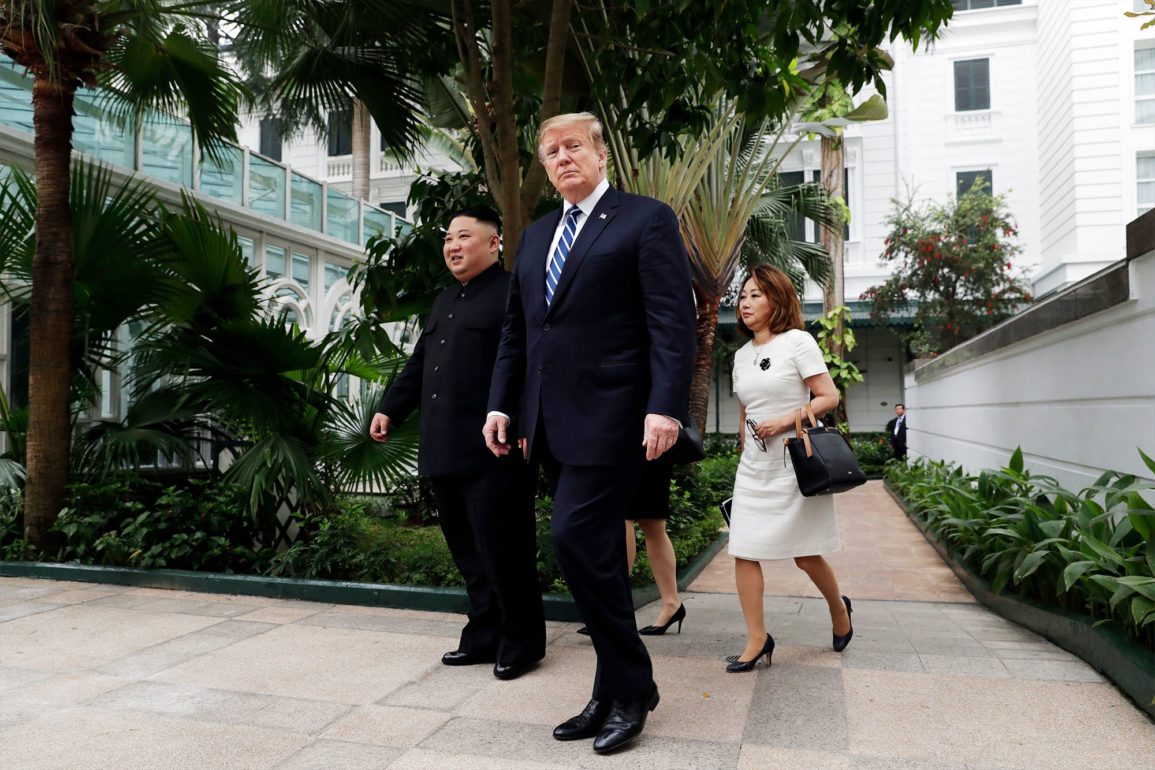HANOI, Vietnam — As President Trump settled into the dining room of a French-colonial hotel in Hanoi on Thursday morning, the conversation with Kim Jong-un, the North Korean leader with whom he had struck up the oddest of friendships, was already turning tense.
In a dinner at the Metropole Hotel the evening before, mere feet from the bomb shelter where guests took cover during the Vietnam War, Mr. Kim had resisted what Mr. Trump presented as a grand bargain: North Korea would trade all its nuclear weapons, material and facilities for an end to the American-led sanctions squeezing its economy.
An American official later described this as “a proposal to go big,” a bet by Mr. Trump that his force of personality, and view of himself as a consummate dealmaker, would succeed where three previous presidents had failed.
But Mr. Trump’s offer was essentially the same deal that the United States has pushed — and the North has rejected — for a quarter century. Intelligence agencies had warned him, publicly, Mr. Kim would not be willing to give up the arsenal completely. North Korea itself had said repeatedly that it would only move gradually.
Several of Mr. Trump’s own aides, led by national security adviser John R. Bolton and Secretary of State Mike Pompeo, thought the chances of a grand bargain for total nuclear disarmament were virtually zero. Some questioned whether the summit meeting should go forward.
Mr. Trump disagreed. He had taken to showing what he called Mr. Kim’s “beautiful letters” to visitors to the Oval Office, as evidence he had built a rapport with one of the world’s most brutal dictators. While some in the White House worried Mr. Trump was being played, the president seemed entranced — even declaring “we fell in love.”


